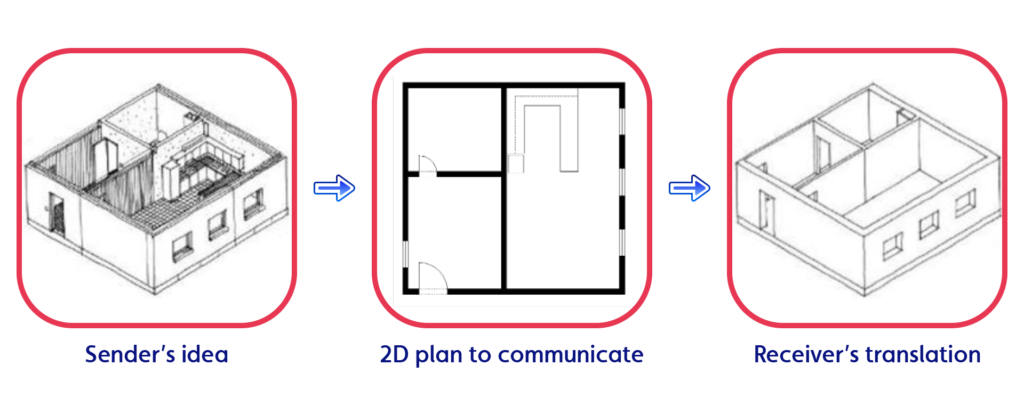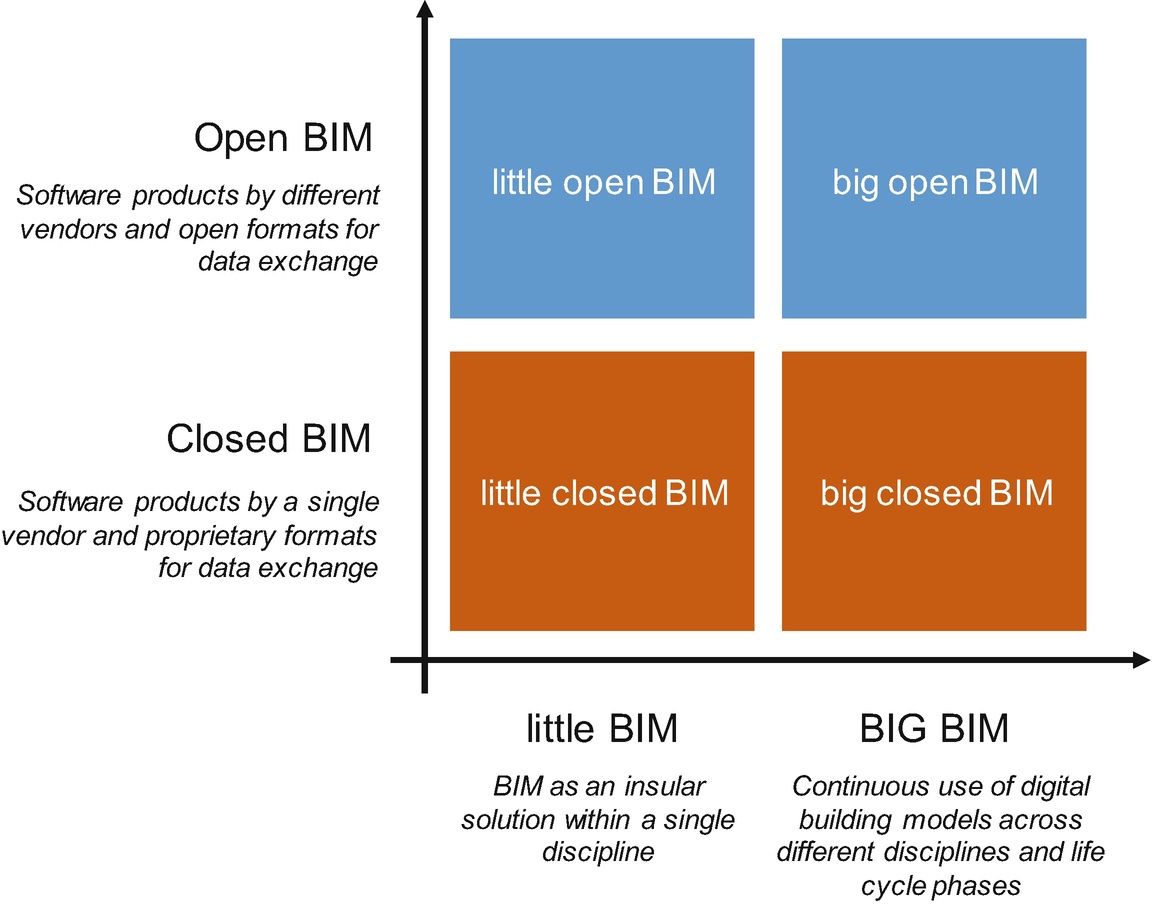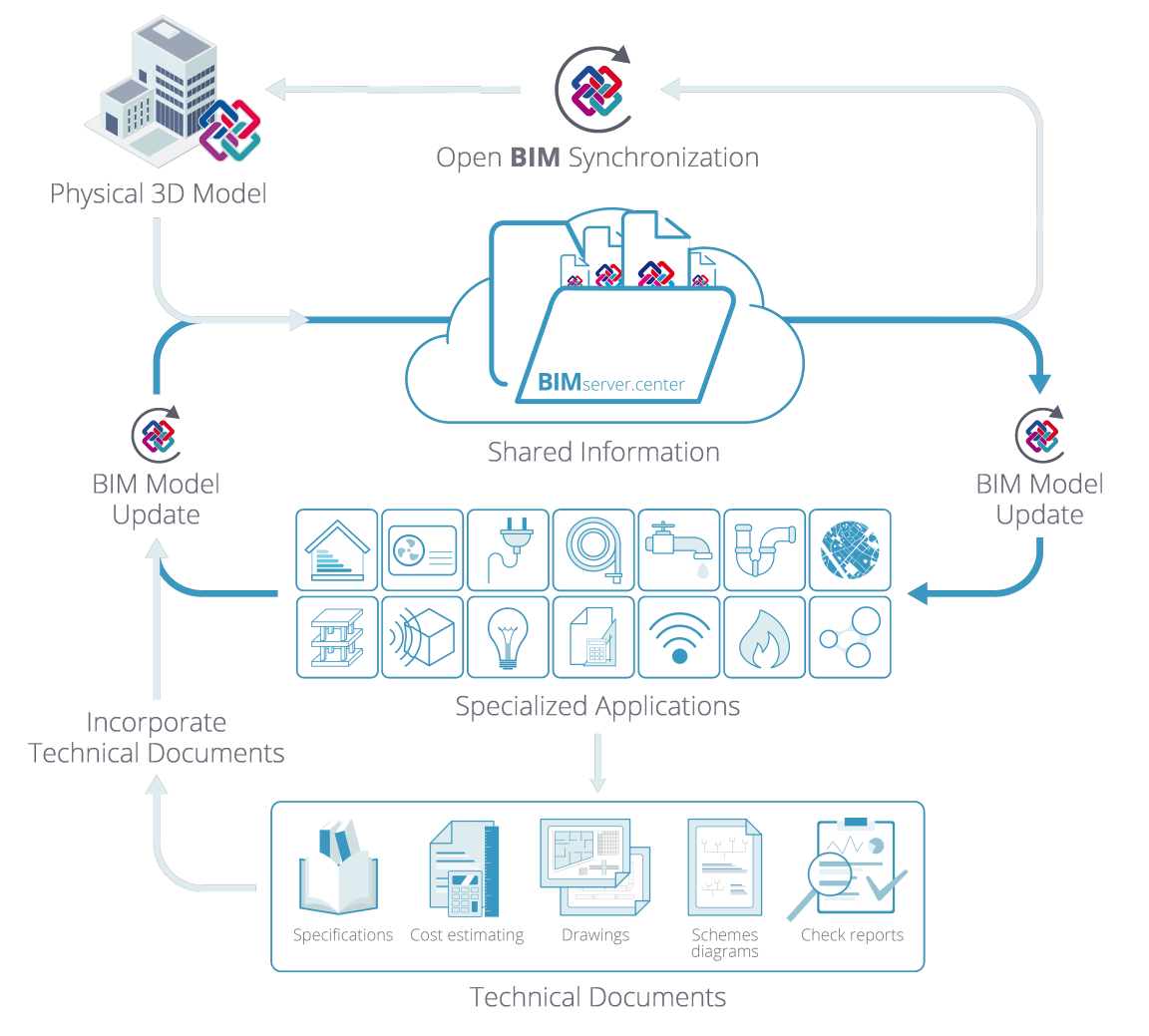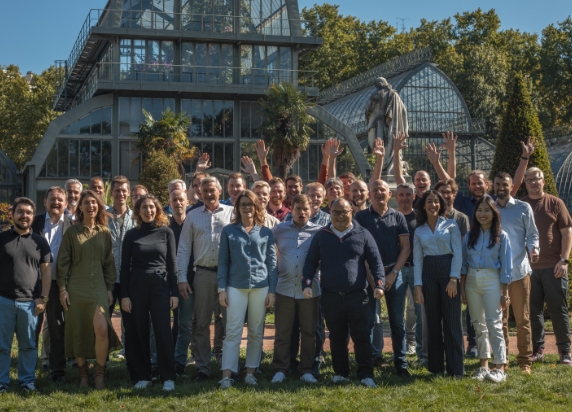BIM (Building Information Modeling) is often propagated by big software companies to be a software solution. This is done as an effort to monopolize the market in the AECO industry with a closed package and promote their agenda. Their aim to sell you BIM as an out-of-the-box or closed solution limits your digital development and prevents you from understanding the BIM needs of your company. BIM helps to reduce errors by 57% during the design phase, designers stated (NZ Building Dpt).
Status Quo evaluation
BIM (Building Information Modeling) is neither one software nor a collection of them. BIM is simply what your company needs it to be in order to provide AECO services to carry out a project. This means evaluating your current planning processes and workflows and adopting a step-by-step digital solution to cover these needs.
Having implemented BIM in a big architectural firm I see BIM as a method of carrying out daily tasks using digital tools and technical expertise to achieve project goals in a more efficient and precise way. A healthy mixture of vastly experienced planners and software experts is essential to creating a situation where both parties learn from each other.
‘Theoretical BIM’, what you usually hear being preached at big BIM conferences and fairs, can be very overwhelming and unnecessarily complicated, while ‘practical BIM’ can be easy to implement and fun to use. Yes, you read correctly ‘FUN’. For example, I know many people in the AECO industry who still manually count doors in their respective projects in order to create and manage door schedules in Excel. This can be done in seconds using a BIM model and also ensures that all geometric or alphanumeric revisions to the doors in the model are automatically visible in the schedule (Single Source of Truth). Doing a task that usually takes hours in a fraction of the time is rewarding and FUN. Being able to walk through your 3D model in the early design phase and evaluate spatial and esthetical aspects is motivating, which is also fun.
We as human beings naturally picture and imagine things in 3D, hence our designs, ideas, and visions as architects, engineers, builders, developers, or owners are 3D. To communicate these designs we tend to translate them into a 2D representation (e.g. 2D floor plan in PDF) which then has to be translated by the receiver from 2D back to 3D. No wonder there are generally so many misunderstandings in the AECO industry, which leads to project delays as well as unexpected high costs. A lot of time, expenses, and stress can be avoided by doing the project collaboration directly in 3D and cutting out the ‘translations’. Let us let the 2D representation be a by-product and not the main product.

Keeping BIM simple
If you’re asking the question ‘how do I keep BIM simple and practical?’ There is no million-dollar answer to this, but I will definitely give it a shot.
Keeping BIM simple and practical especially in the initial phases of your company’s implementation will help you not only have a smooth transition but also to win over your most valuable and experienced staff members.
When implementing BIM, the rule of saying ‘shoot for the moon even if you miss you’ll land among the stars’ doesn’t apply. If you try for too much too soon, you will end up worse off than before, you may not even be operational at the end. Learn how to crawl, creep, stand up, take baby steps, walk, run, and so on…
It is very important not to get carried away with ‘fancy theoretical BIM’ where everything is a mouse click away and supposedly automated. This is just a tactic by the software industry to sell you either BIM out of the box or some services you really don’t need. The main goal of implementing BIM in your company should be to improve your current capabilities to provide services and solve challenges in terms of inefficiencies and productivity. For an architect or an engineer, this could be generating consistent drawings (floor plan, elevations, sections, etc.) and quantity schedules based on a central model acting as the single source of truth. It could also be collaborating with project teams using IFC models and BCF issues.
Involving all stakeholders in the process
The requirements for an owner or developer will differ based on their roles, having the ability to easily view the IFC models without learning any complicated software could be the first step. The next could incorporate generating markups and RFI (Request For Information) using federated discipline models. Since some owners and developers are usually not very technically inclined and even have problems with the functions on their smartphones, using BIM needs to be simple and intuitive. There needs to be one web-based solution that allows you to access, view and comment on the models and documents online, without having to download these huge files.
BIM could just mean the following basics for your company:
- View the current discipline models online (single or federated);
- Make requests or evaluate these based on visual checks;
- Use the model to make and evaluate planning decisions;
- Have the models available in project meetings to discuss possible solutions;
- Make markups on models and documents to assign them to the responsible parties.
Small success stories during your implementation are vital in winning over the conservatives and skeptics while creating champions to constantly carry the BIM development in your company to the next level. The goal here is to keep it simple, intuitive, fun, and rewarding. Focus initially on the low-hanging fruits while making accommodations for the long-term BIM goals, in terms of strategy, standards, and expertise.
Software solutions that support open standards and allow for integration into the company’s ecosystems will play an integral role in your ability to adapt to new technological advancements. Dependency on native or closed formats should be avoided at all costs. Building software lego blocks based on open source applications ensures flexibility in projects.
As I mentioned at the beginning, the idea of implementing BIM can be overwhelming and even scary but don’t overthink it. Develop a strategy for your needs and adjust accordingly as you gain more experience. There will constantly be new challenges along the way but there will also always be many solutions. The complicated and advanced stuff will follow once you get an idea of the type and quality of data being generated by your processes and how to use this to assist planning as well as decision-making workflows.
Benjamin Agyemang, Director – AEC Implementation at Catenda.
Try out Catenda Hub (previously Bimsync), Catenda’s open BIM CDE, for free for 14 days. Sign up now!




